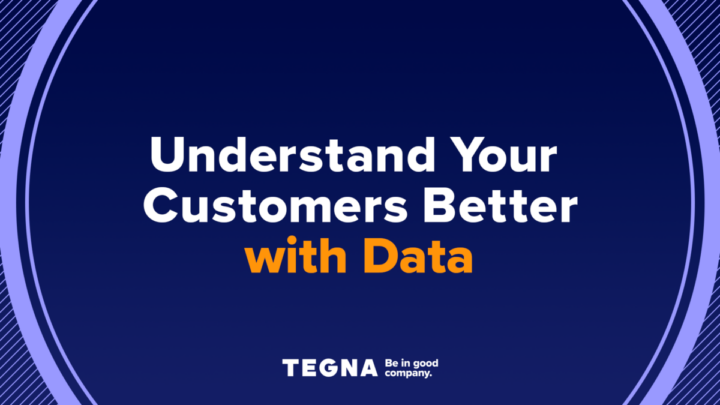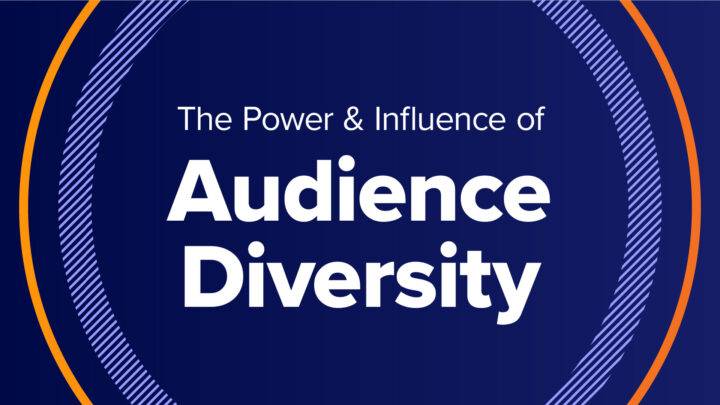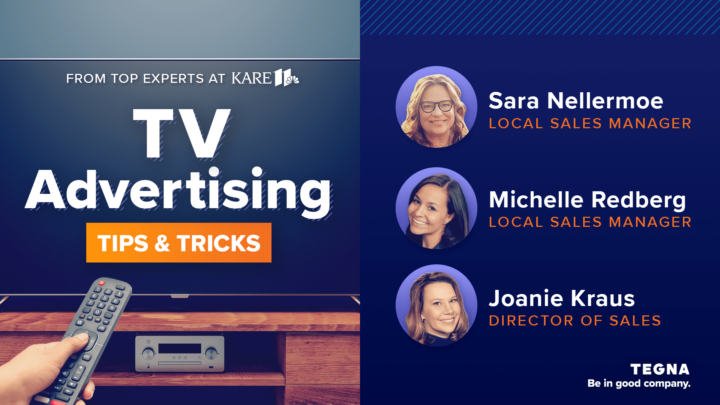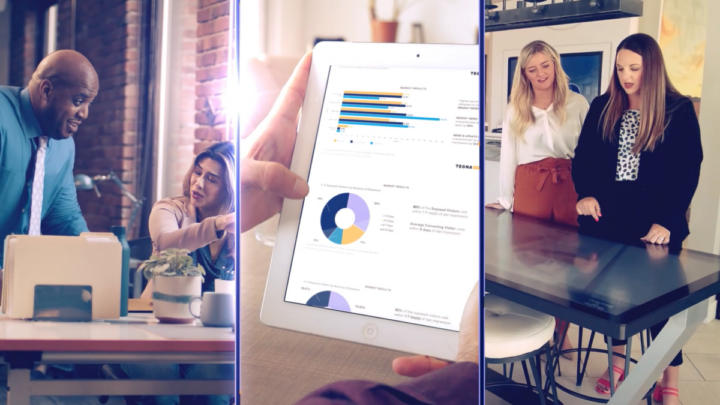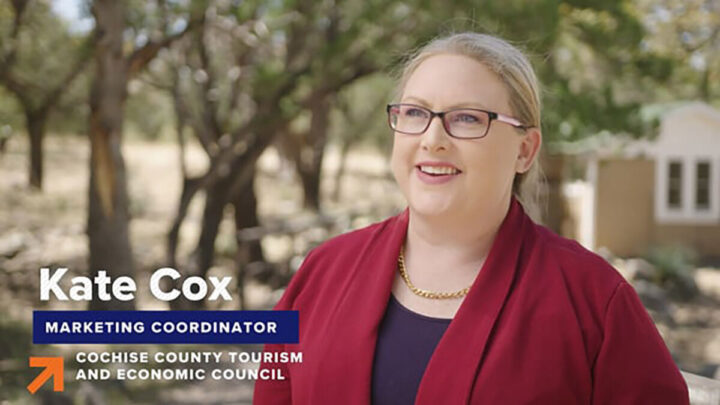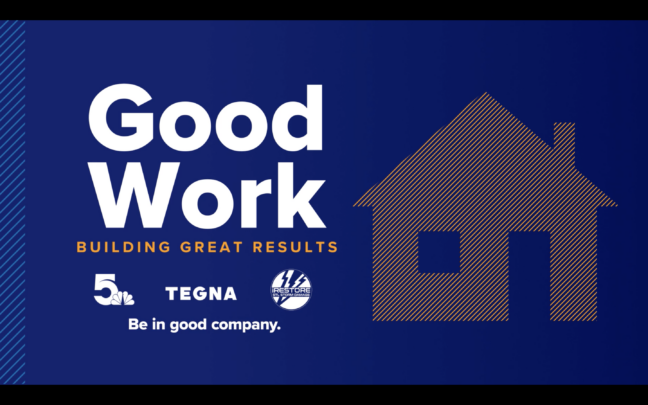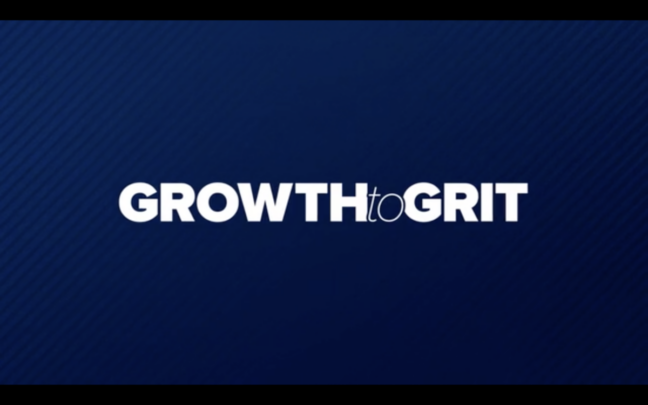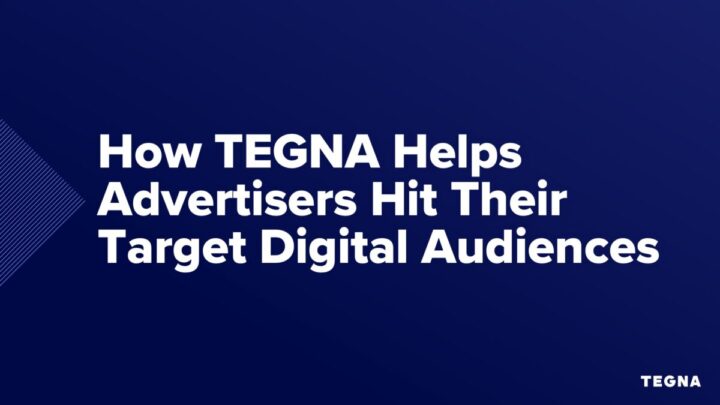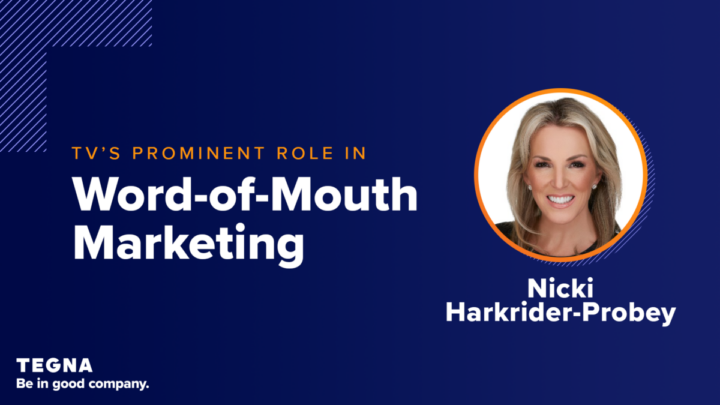How to Create Marketing Persona Profiles
Who buys your products? Who uses your services? How well do you know your customers? Creating persona profiles is one way to organize all your research to get to know your customers better. Here’s our guide to help you get started.

How to Create Marketing Persona Profiles
Audiences are more diverse and unique than ever. From the Boomers in Buffalo to Gen Z in Georgia, each audience segment is unique in its own way. The Boomers may want to receive advertising via trusted local news, whereas the Gen Z auto-intenders may be more responsive to advertising on digital channels. Therefore, each segment will require a personalized and unique approach from within your media and marketing plan.
How do you know what your target audience wants?
Creating marketing persona profiles is a great way to take a deep dive into their mindset and organize your research in a way that provides meaningful insights. Doing so will help inform your marketing campaigns and, in turn, deliver good business outcomes.
We’ve got a few new ways to get to know your people – from brand-new prospects to loyal, repeat customers. Here are our tips for creating marketing persona profiles.
What is a Marketing Persona Profile?
A marketing persona or audience persona is a fictional character that embodies a business’s ideal customer based on various demographics. Each persona will have a name, interests, and other relevant information. It should be created using data, including customer surveys, industry research, and campaign results.
What are Personas Important?
It is important to create these personas since they can help inform your marketing strategy. Below are some benefits.
- Create More Relevant Campaigns: Each initiative should be tied to a specific persona and its challenges. As a result, campaigns are more specific and relevant, leading to ads that are more likely to convert.
- Create Better Media Plans: Without personas, assessing if a publication or television station reaches your target market can be difficult. With a persona, it’s easy to determine if a media outlet is a good fit for your publication.
- Improve Campaign ROI: You can create better messaging and book the right ad space with personas. Companies can ensure their campaigns align with their goals, resulting in better marketing ROI.
- Gain More Insights into Your Customers: Having better insights into your customer base can help you tailor product offerings, commercials, and marketing strategies.
What Is Included in a Good Marketing Profile?
A good marketing persona profile should include general attributes and cover wants, needs, and pain points. A great marketing persona profile will include a person’s motivations to purchase and relevant challenges your brand can help them solve.
However, each brand should determine what’s relevant to its business. A plumbing marketing profile may include age, income, and interests, while a hospital marketing persona may more heavily focus on a user’s location.
Steps to Creating a Marketing Persona Profile
1. Identify Your Target Audience
Who is most likely to use your products or services? It’s important to consider hobbies, professions, preferred channels, and income levels. The following questions can help spark some ideas:
- Sports fans or fitness gurus?
- Millennials focusing on mental health?
- Students heading back to school?
- A Mom shopping for the entire family?
- A Gen-Z looking to buy their first car?
- Wealthy consumers focused on a luxurious vacation?
- First-time homeowners? Keeping your brand goals in mind and identifying people that will benefit from your business is key.
2. Take a Walk in Their Shoes
When did you last consider the consumer’s journey to buy your products or services? Take some time to revisit the buying cycle and alleviate pain points where appropriate. This means auditing your website, clicking on your digital ads, visiting your brick-and-mortar location, and so on.
3. Start Collecting First-Party Data (If you Aren’t Already)
We’re going into a cookieless marketing world, and collecting first-party data, especially with a tool like TEGNA AudienceOne, can help you get to know your audiences better. Once collected, the data could provide insights into customer lifecycles, allow for retargeting opportunities, help you break into new markets, develop new products, and more. Better yet, a study from Google found that businesses “using first-party data for key marketing functions achieved up to a 2.9 times revenue uplift and a 1.5 times increase in cost savings.”
4. Research
Now that you know who you want to target, it’s time to figure out how to target them best. Here’s what you’ll want to look at:
Industry Trends and News: Media viewing and buying habits continually change, so keeping up with industry trends and news can give you ideas to adjust your marketing strategy to ensure your brand remains competitive and relevant.
- Original Research and E-Books: These are great places to gather information about a target audience’s mindset. For example, TEGNA has released three original research reports: Mastering the Millennial Mindset, Unlocking the Car Buyer of Today, and Checking the Pulse of Today’s Healthcare Consumer, to help our advertising partners understand their target audience behaviors, attitudes, and beliefs.
- Your Local TV Station: Consider meeting with your local TV station’s research director or account executive (click here to find yours) to see what insights they can pull for your target audience.
- Google Analytics and Consumer Data: Your website and Google Analytics should have a wealth of data on your customers and prospects. For TV advertisers, dig into your TEGNA Attribution reports which connect the dots between TV and streaming viewing habits with outcome metrics such as website visits, app downloads, and more. With these insights, you can tell which creative and dayparts drive the most impact for your media plan.
- Leverage Social Media Data: Social networks can provide a wealth of data about your customers and prospects. At a high level, you can look into your audience’s personal life, interests, hobbies, events they attend, the music they listen to, and so on.
- Ask for Feedback: Are your customers happy? Survey Emails are a great way to find out, and in most cases, all you have to do is ask! Don’t be afraid to ask for online reviews or referrals to help inform your persona profiles.
5. Creating the Marketing Persona Profile
Now it’s time to organize everything into a handy-dandy persona profile. Make My Persona from HubSpot is a great template to help you get started. With this template, you’ll have useful data points at your fingertips, which can include, and is certainly not limited to:
- Demographics: Name, age, race, ethnicity, gender, marital status, income, education, and employment
- Geographic Location: City, state, country, travel, and vacation destinations
- Media Preferences: TV, Streaming, Digital, Podcasts, Social Media
- Content Consumption: Local Broadcast News, Drama, Comedy, Animation
- Preferred Method of Communication: Phone, text, email
- Interests: TV and movies, sports, live music, cuisine, going back to school
- Needs & Challenges: Childcare, home renovations, new car
- Social Media Networks: Facebook, TikTok, Twitter, Instagram
- Purchase Decision Influences: What influences a decision when making a purchase
- Challenges: Key challenges that consumers face, why they may look for a solution in the first place.
- Mindset: Current attitudes, beliefs, and behaviors surrounding a certain topic
Voila! There you have it. Now, when creating a great marketing strategy and media plan, you’ll have a handy cheat sheet to inform and tailor your campaigns for your diverse audience segments and their unique needs. A marketing persona can help you decide which channels to invest in when booking TV advertising or what time of day is the most effective for advertising.
Sound Good? Partner with TEGNA Today To Reach Your Target Audience!
As one of the nation’s largest local media organizations and marketing partners, we’re focused on ensuring our advertisers can reach diverse audiences to help drive better business outcomes. Let’s get in touch and see how we can help you reach your ideal audience.
Frequently Asked Questions:
Do I need a marketing persona for my business?
Marketing personas are essential for all businesses developing a complete marketing plan.
Whether you own a home remodeling company, run a hospital, operate a plumbing business, or anywhere in between, all businesses benefit from developing a marketing persona to optimize messaging and drive results.
What types of buyer personas exist?
There is no standard buyer persona since each business is different and may leverage different insights. A home remodeling marketing persona may need to know income levels and generation, while B2B companies may need more information about preferred industry publications. Personas are a tool meant to reflect your customer base, and companies should compile these with relevant information to assist sales and companies.
What is an anti-persona or a negative persona?
An anti-persona or negative persona includes information about prospects that are irrelevant to your organization. This can help media buyers and marketers determine if publications or other initiatives are a good fit.
How long does it take to develop a persona profile?
Developing a marketing persona can be a time-consuming process. However, insights can be leveraged as teams conduct research. These personas should also be re-evaluated on a consistent basis to account for changes or trends in your market.







